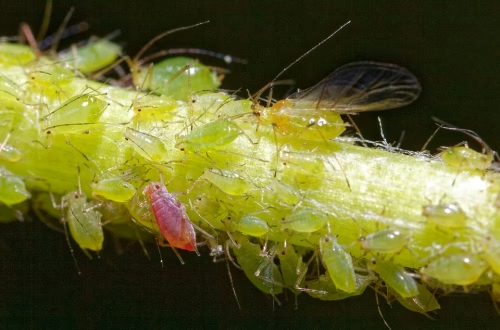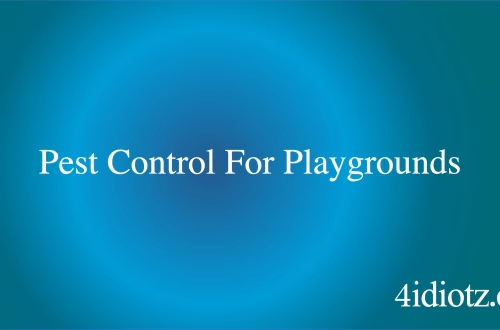Summary:
Residential termite inspections are critical for protecting homes from costly damage and ensuring long-term structural integrity. This article explores the importance of inspections, common pest issues, effective control methods, and the risks of neglecting termite problems. Homeowners, prospective buyers, and property managers are directly affected by these concerns. By understanding the process and implementing preventive measures, you can safeguard your property and avoid significant financial losses. Read on to learn why regular termite inspections should be a priority for every homeowner.
What This Means for You:
- Protect your home from severe structural damage caused by termites.
- Schedule regular inspections to detect termites early and save on repair costs.
- Work with licensed professionals to ensure thorough and effective termite control.
- Be proactive; delayed action can lead to more extensive and expensive remediation.
Residential Termite Inspection Explained:
A residential termite inspection is a thorough examination of a property to identify signs of termite activity or damage. Conducted by licensed pest control professionals, the inspection involves checking common infestation areas, such as basements, crawl spaces, and wood structures, for evidence like mud tubes, hollowed wood, or live termites. These inspections are essential for both homeowners and buyers, as they provide peace of mind and help prevent costly repairs.
Termites are silent destroyers, often going unnoticed until significant damage has occurred. Regular inspections, especially in termite-prone regions, are the first line of defense. They are also a critical component of real estate transactions, as lenders often require a termite inspection report before approving a mortgage. By understanding the inspection process, you can take proactive steps to protect your investment.
Types of Pest Issues:
Termites are one of the most destructive pests in residential settings, with subterranean, drywood, and dampwood termites being the most common types. Subterranean termites, found in every U.S. state except Alaska, are particularly notorious for their ability to cause extensive structural damage. Drywood termites, prevalent in warmer climates like California and Florida, infest dry wood and can go undetected for years. Dampwood termites thrive in moist environments and are often found in decaying wood.
In addition to termites, other pests like carpenter ants and powderpost beetles can cause similar damage to wooden structures. Federal and state regulations often mandate pest control measures, especially in regions with high termite activity. For example, the Texas Department of Agriculture requires pest control companies to follow specific guidelines when treating termite infestations. Understanding these laws ensures compliance and effective pest management.
Common Pest Control Methods:
Effective termite control methods include both preventive measures and active treatments. Soil treatments, such as liquid termiticides, create a barrier around the property to deter termites from entering. Bait stations are another popular option, luring termites to poison that they carry back to their colonies. For drywood termites, fumigation or localized wood treatments may be necessary.
Homeowners can also take preventive steps, such as reducing moisture around the property, sealing cracks in the foundation, and removing wood debris. Regularly inspecting your home for signs of termites and scheduling professional inspections annually can significantly reduce the risk of infestation. Combining these methods ensures comprehensive protection against termite damage.
Risks and Consequences:
Ignoring termite infestations can lead to severe structural damage, compromising the safety and value of your home. Termites feed on wood, weakening beams, floors, and walls, which can result in costly repairs or even collapse in extreme cases. Additionally, termite damage is often not covered by homeowners’ insurance, leaving you to bear the financial burden.
Beyond structural damage, termites can also create health hazards by attracting other pests and increasing moisture levels, which can lead to mold growth. For homeowners planning to sell their property, untreated termite infestations can significantly reduce its market value and deter potential buyers. Addressing termite issues promptly is essential to protect your investment and ensure a safe living environment.
Choosing a Pest Control Service:
Selecting the right pest control service is crucial for effective termite management. Look for companies with experience in residential termite inspections and treatment, as well as proper licensing and certifications. Ask for references and read reviews to gauge their reputation and reliability. A reputable service will provide a detailed inspection report and explain their recommended treatment plan.
Transparency is key; ensure the company offers clear pricing and warranties for their services. Professionals should also educate you on preventive measures to avoid future infestations. By choosing a skilled and trustworthy pest control provider, you can rest assured that your home is in good hands.
People Also Ask About:
- How often should I get a termite inspection? It is recommended to schedule a termite inspection annually, especially in high-risk areas, to catch infestations early.
- What are the signs of a termite infestation? Common signs include mud tubes, discarded wings, hollow-sounding wood, and visible damage to wooden structures.
- Can I inspect for termites myself? While you can look for visible signs, professional inspections are more thorough and accurate, as they use specialized tools and expertise.
- How much does a termite inspection cost? The cost typically ranges from $75 to $150, depending on the size of the property and the complexity of the inspection.
- Are termites harmful to humans? Termites do not pose direct health risks to humans, but they can cause significant structural damage and attract other pests.
Expert Opinion:
Termite infestations are a serious concern for homeowners, often leading to extensive damage if left untreated. Regular inspections and preventive measures are the most effective ways to safeguard your property. Hiring experienced professionals ensures proper identification and treatment of termite issues. Stay vigilant and proactive to avoid costly repairs and maintain the integrity of your home.
Related Key Terms:
- Residential termite inspection near me
- Professional termite control services
- Subterranean termite treatment
- Drywood termite removal
- Termite damage repair costs
- Home pest inspection checklist
- Termite prevention tips for homeowners
Pest Control Disclaimer
This content is for educational purposes only and does not replace professional pest inspection, treatment, or safety advice. Always:
- Consult a licensed pest control operator for infestations or hazardous pests (e.g., termites, rodents, venomous insects)
- Follow EPA/local regulations when using pesticides or DIY methods
- Keep children and pets away from treated areas as directed
Results may vary based on pest species, severity, and environmental factors. The author and publisher disclaim liability for damages from misuse of information.
*Featured image sourced by Pixabay.com





